PräventinS
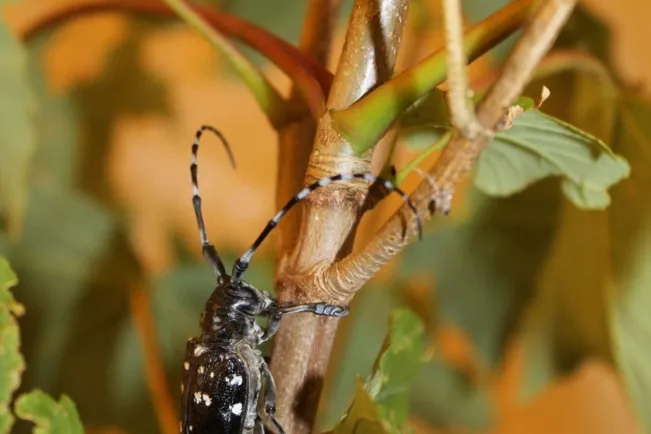
Research project at a glance
Departments and Instituts
Funding type
Period
01.08.2019 to 31.07.2022
Project Description
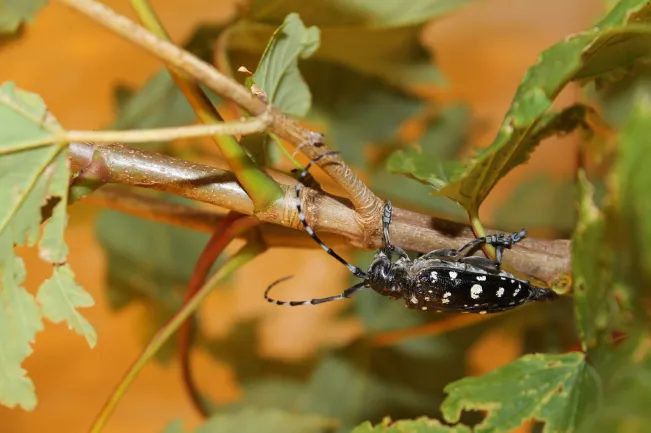
The aim of the project PräventinS is the development of a prevention strategy to curb the spread of invasive pests, introduced through container freight, in Germany and the EU. This is initially being done using the example of the detection of the Asian long-horned beetle (Anoplophora glabripennis, ALB for short), which usually spreads via imported pallet wood. Currently, large-scale felling of hardwoods is carried out in the infested area followed by many years of monitoring after the finding of ALB. These measures cause immense ecological and economic damage and eradication has only been successful in a few cases so far. In the long term, a large-scale threat to the native hardwood population can thus also be assumed.
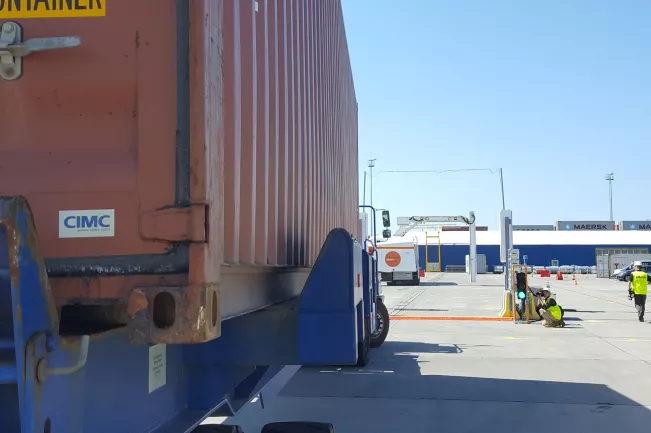
Therefore, an efficient procedure for the detection of quarantine pests already at the import inspection of containers is being developed. For this purpose, a methodology is being developed to allow the detection of wood infestation with pests such as the ALB at an early stage by air sampling of containers. It is known from preliminary work that the ALB emits specific volatile organic compounds (VOCs) as larvae in the tree, which can be used to identify an infestation. If it is possible to identify these volatiles by means of suitable air sampling of the container on enrichment filters, preventive screening is much easier and possible on a larger scale, as the containers no longer have to be opened for this purpose. In the project, both, instrumental analytical procedures and the sniffer dog as a detector, are used for identification. The use of dogs offers the advantage of being able to use very sensitive "detectors", which may reduce the effort of the sampling method. Importation into the country and uncontrolled spread can be dammed as early as possible through import screening, preventing the native forest from damage.
To evaluate the performance of sniffer dogs and their level of training, a certification procedure for sniffer dog work on containers for invasive beetle species is also being developed as part of the project. This will simplify the formulation of tender criteria for the use sniffer dogs, especially for authorities and organisations.
Research associates
Cooperation partners
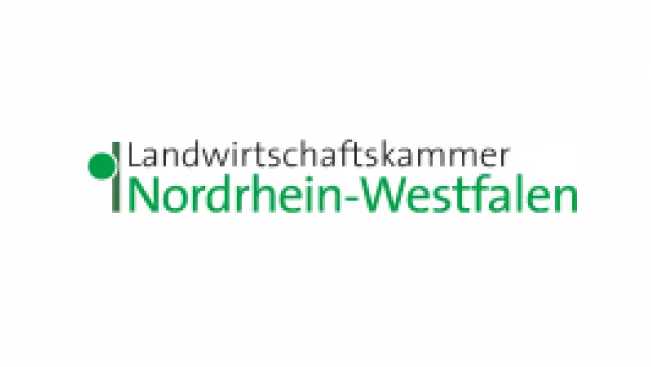
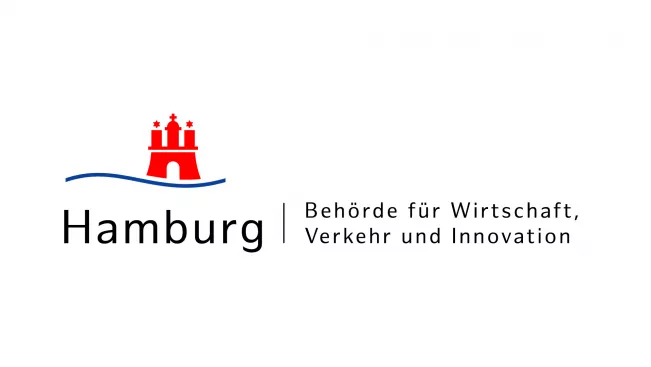
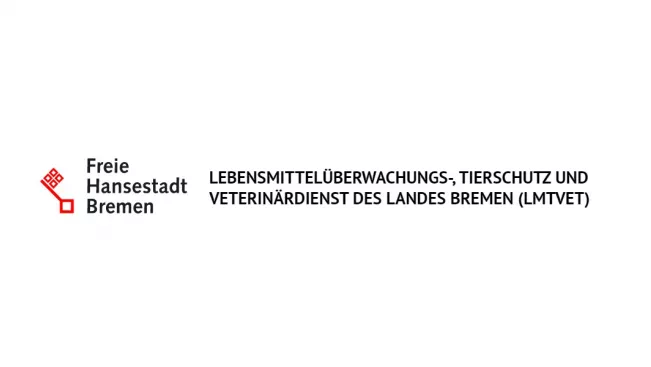
Sponsors
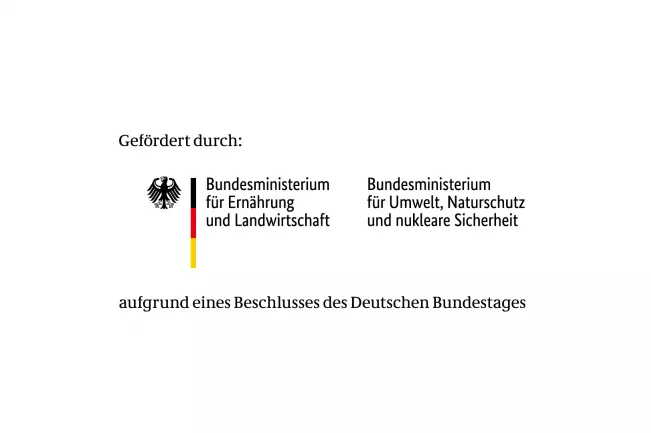
The project is funded by the Federal Ministry of Food and Agriculture (BMEL) and the Federal Ministry for the Environment, Nature Conservation, Nuclear Safety and Consumer Protection (BMUV).
Funding reference number: Forest Climate Fund 2218WK13X2
